Solenoids / Coils / Electromagnets / Valves / Pumps to India
Yaxin Supplies Big Quanity Solenoids, Electromangets, Coils to Indian Cusotmers
| Work Mode |
Structure |
Solenoids Function Mechanism or Photos |
Linear Solenoids
(Push Pushing, Pull Pulling & Latch Latching, Keep keeping, Hold Holding Function) |
Linear Pull / Push Solenoids
including:
AC serie: C, U, Open Frame
AU Serie: D, U, Box Open Frame
AO Serie: Tube Shape
AD Serie: Moving Coil Stucture |
 |
C, U Frame Solenoid
(Open Frame Solenoids)
AC Serie
(Linear Push Pull function) |
 |
 |
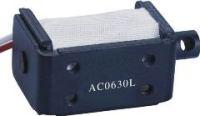 |
 |
D, U Frame Solenoid
(Open Frame Solenoids)
(Box Frame Solenoids)
AU Serie
(Linear Pull Push function) |
 |
 |
 |
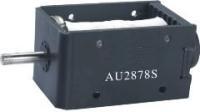 |
Tube / Tubular Solenoids
(Cylinder/Cylindrical Solenoid)
AO Serie
(Linear Pull Push function) |
 |
 |
 |
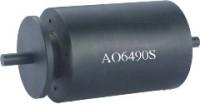 |
Moving Coil Solenoids
AD Serie
(Linear Push Pull Function)
Steady force from samll stroke to big stroke |
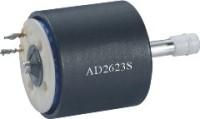 |
 |
Latch / Latching Solenoids
(Keep / Keeping Solenoids)
(Self Hold/Holding Solenoid)
(Maintain Solenoids)
(Mono Stable Solenoid)
AK serie
(Linear
Push Pull &
Self Hold function) |
 |
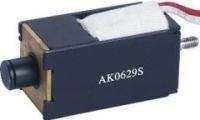 |
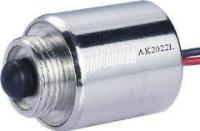 |
Dual Latch Latching Solenoid
(Double Hold Holding Solenoids)
(Double Keep Keeping Solenoid)
(Bi-stable / Bistable Solenoid)
AKD Serie
(Linear Pull Push &
Dual latch
Double Hold
Bi Keep, Bistable Function) |
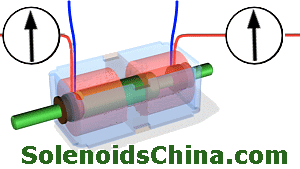 |
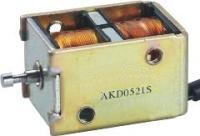 |
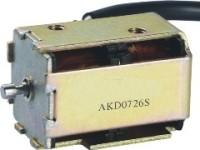 |
Electromagnets
(Electro Magnets)
(Coils)
AX Serie
(L:Tube
S: Non-Tube) |
 |
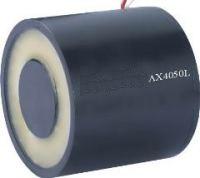 |
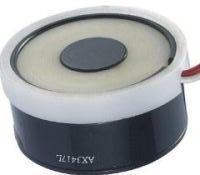 |
Swing Solenoids
AP Serie
(Basicly used for Payphones) |
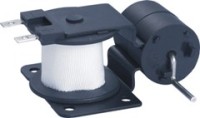 |
 |
 |
Rotary Solenoids
AZ Seris |
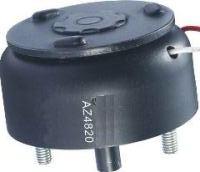 |
|
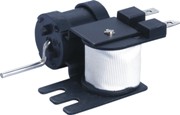 |
Solenoid Valves
(Solenoid powered driven Valves)
AF Serie
(L/S: 2/3 ports) |
 |
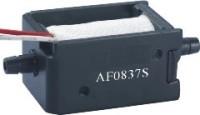
|
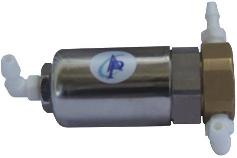 |
Solenoid Pumps
(Solenoid powered driven pumps)
AT Serie |
Max. Flow rate: 250ml/min
Weight: 80g
24V 48V ~ 120Vac 240Vac |
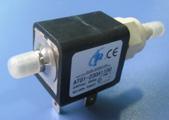 |
 |
India,
officially the Republic of India (Hindi: Bhārat Gaṇarājya; see also other Indian languages), is a country in South Asia. It is the seventh-largest country by geographical area, the second-most populous country, and the most populous democracy in the world. Bounded by the Indian Ocean on the south, the Arabian Sea on the west, and the Bay of Bengal on the east, India has a coastline of 7,517 kilometres (4,700 mi).[15] It is bordered by Pakistan to the west;[16] People's Republic of China, Nepal, and Bhutan to the north; and Bangladesh and Myanmar to the east. India is in the vicinity of Sri Lanka, the Maldives, and Indonesia in the Indian Ocean.
Home to the Indus Valley Civilisation and a region of historic trade routes and vast empires, the Indian subcontinent was identified with its commercial and cultural wealth for much of its long history.[17] Four major religions, Hinduism, Buddhism, Jainism and Sikhism originated here, while Zoroastrianism, Judaism, Christianity and Islam arrived in the first millennium CE and shaped the region's diverse culture. Gradually annexed by the British East India Company from the early eighteenth century and colonised by the United Kingdom from the mid-nineteenth century, India became an independent nation in 1947 after a struggle for independence that was marked by widespread non-violent resistance.[18]
India is a republic consisting of 28 states and seven union territories with a parliamentary system of democracy. It has the world's twelfth largest economy at market exchange rates and the fourth largest in purchasing power. Economic reforms since 1991 have transformed it into one of the fastest growing economies;[19] however, it still suffers from high levels of poverty,[20] illiteracy, disease, and malnutrition. A pluralistic, multilingual, and multiethnic society, India is also home to a diversity of wildlife in a variety of protected habitats.
Administrative divisions
India consists of twenty-eight states and seven Union Territories. All states, and the two union territories of Puducherry and the National Capital Territory of Delhi, have elected legislatures and governments patterned on the Westminster model. The other five union territories are directly ruled by the Centre through appointed administrators. In 1956, under the States Reorganisation Act, states were formed on a linguistic basis.[57] Since then, this structure has remained largely unchanged. Each state or union territory is further divided into administrative districts.[58] The districts in turn are further divided into tehsils and eventually into villages. Administrative divisions of India, including 28 states and 7 union territories.States: Andhra Pradesh Arunachal Pradesh Assam Bihar Chhattisgarh Goa Gujarat Haryana Himachal Pradesh Jammu and Kashmir Jharkhand Karnataka Kerala Madhya Pradesh Maharashtra Manipur Meghalaya Mizoram Nagaland Orissa Punjab Rajasthan Sikkim Tamil Nadu Tripura Uttar Pradesh Uttarakhand West Bengal Union Territories: Andaman and Nicobar Islands Chandigarh Dadra and Nagar Haveli Daman and Diu Lakshadweep National Capital Territory of Delhi Puducherry

































